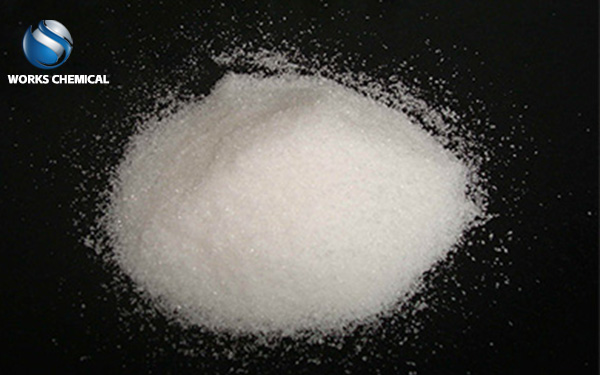
The use of sludge enhancers to reduce the water content of municipal sludge to 30%-40% is a complex process involving multiple links and factors. The following is a detailed explanation from the principles, methods, effects and precautions:

Principle of action of sludge synergist
Sludge enhancers such as sludge conditioner, polyacrylamide, etc., mainly by changing the physical and chemical properties of sludge, improve the dewatering performance of sludge. These sludge synergists can destroy the colloidal structure in the sludge, so that the sludge particles aggregate and precipitate water, thereby reducing the moisture content of the sludge.
Two, the use of sludge synergists
Pre-treatment: First, the sludge is pre-treated, such as by concentrating or diluting it to an appropriate solid content through a concentration tank. This step facilitates the uniform mixing and action of the sludge synergist in the subsequent treatment process.
Adding synergist: In the sludge conditioning tank, add the sludge synergist according to a certain proportion, and fully stir evenly. The amount of sludge enhancer should be determined according to the properties of sludge, treatment targets and the performance of the enhancer.
Filter press dehydration: the sludge after adding the sludge enhancer is sent to the filter press (such as belt filter press, plate and frame filter press, etc.) for dehydration treatment. In the press filtration process, the sludge synergist can play its role to promote the precipitation of water in the sludge, thereby reducing the water content of the sludge.
Follow-up treatment: As needed, the dehydrated sludge is further treated, such as drying, incineration or as fertilizer.
3. Effect EvaluationAfter the use of sludge enhancer, the moisture content of municipal sludge can be significantly reduced to between 30% and 40%. This effect not only reduces the volume and weight of the sludge, reduces the transportation and disposal costs, but also improves the subsequent utilization value of the sludge. At the same time, the use of sludge enhancer can also improve the dewatering performance of sludge and improve the treatment efficiency of the filter press.
Four, precautions
Selection of synergist: The appropriate sludge synergist should be selected according to the nature of sludge, treatment objectives and economic benefits. The performance and effect of different sludge enhancers may be different, so it is necessary to conduct sufficient tests and comparisons.
Control of the amount of addition: the amount of sludge synergist needs to be strictly controlled, too much or too little may affect the treatment effect. Too much sludge enhancer will increase the cost of treatment, while too little enhancer may not achieve the desired dewatering effect.
Mixing uniformity: After adding the sludge enhancer, the mixing uniformity of the sludge should be ensured so that the sludge enhancer can fully play its role.
Equipment maintenance: Regular maintenance and maintenance of equipment such as filter press to ensure its normal operation and efficient treatment of sludge.
In summary, the use of sludge enhancers is an effective way to reduce the water content of municipal sludge. The moisture content of sludge can be reduced to 30%-40% by reasonable pretreatment, adding the appropriate amount of synergist, sufficient stirring and efficient pressure filtration dewatering treatment, and the reduction, harmfulness and resource utilization of sludge can be realized.